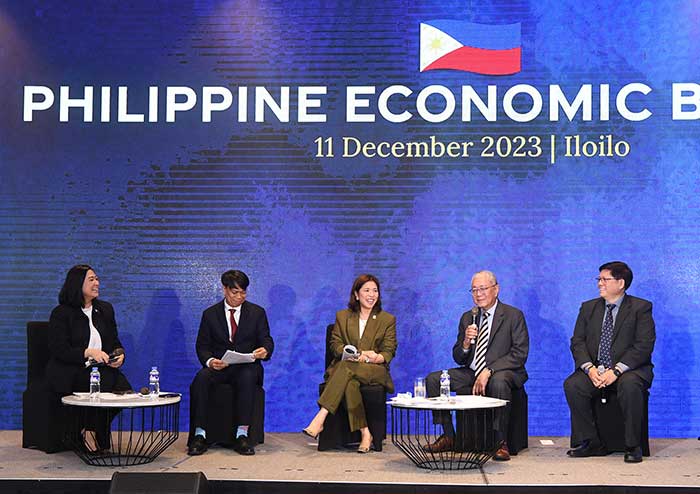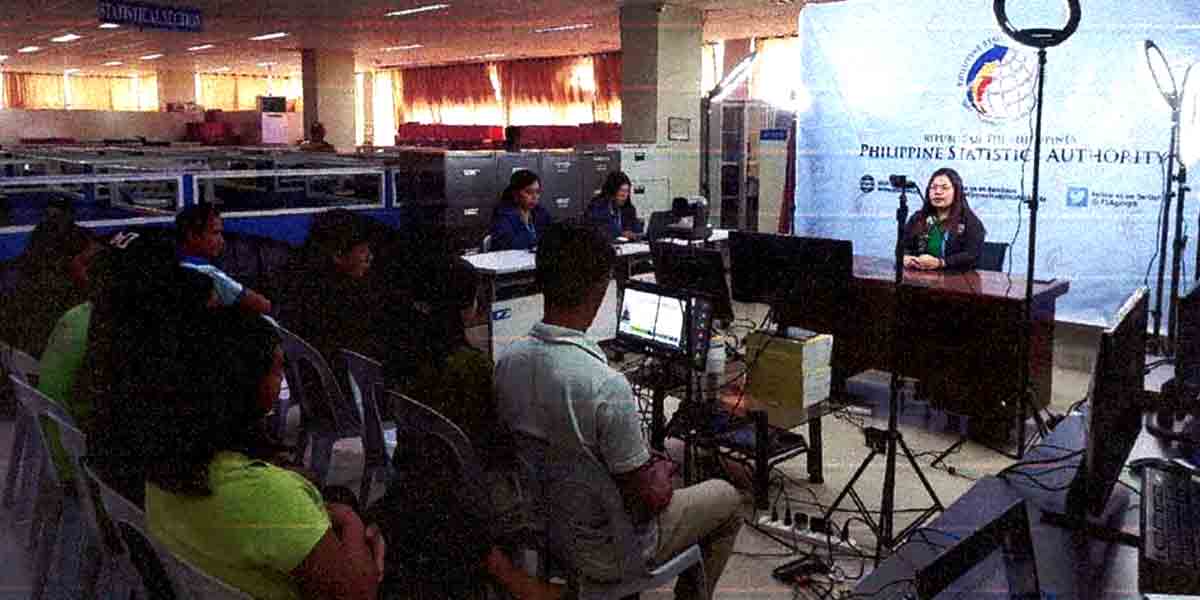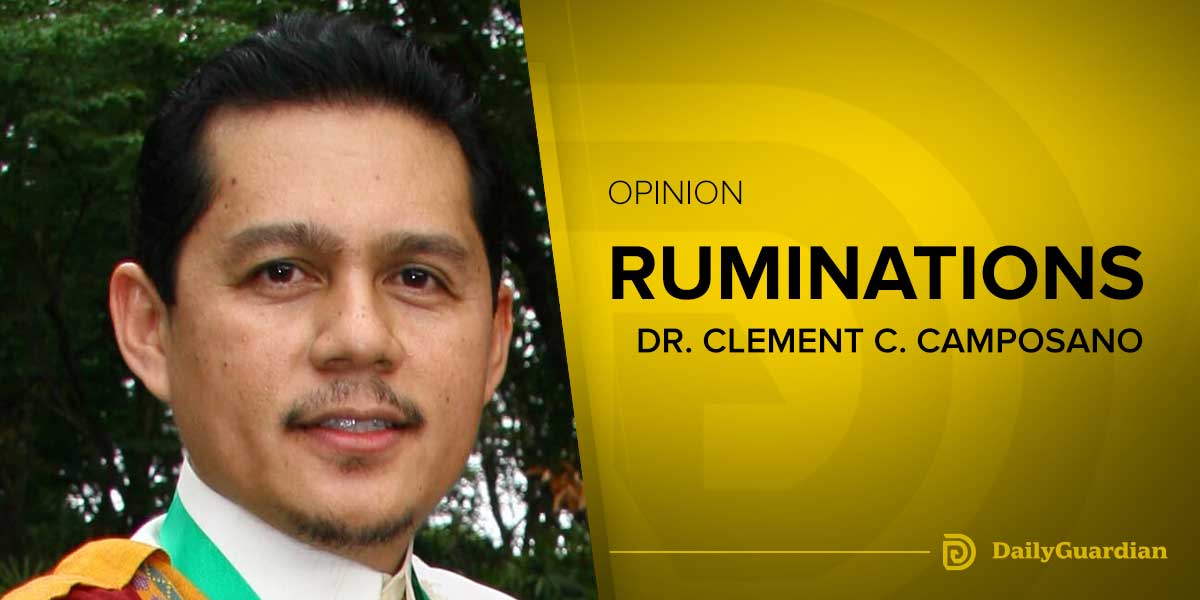
Bangko Sentral ng Pilipinas (BSP) Governor Eli M. Remolona, Jr. said the central bank’s strategy to support sustained economic growth is focused on three key challenges: managing monetary policy in a supply-shock economy; digitalizing the banking system; and maintaining a safe and efficient payments system that serves the unbanked.
At the Philippine Economic Briefing (PEB) in Iloilo City on 11 December, he said inflation is central to the conduct of monetary policy. In a supply-shock economy, monetary policy is about anchoring inflation expectations to move toward the government’s target range of 2.0 to 4.0 percent.
Domestic inflation has remained above the BSP’s target due to a series of compounding supply shocks brought by pandemic-related containment measures, geopolitical conflicts, and weather disturbances.
“Given that these supply shocks were already feeding into inflation expectations, the BSP pivoted and shifted to a more hawkish forward guidance on monetary policy. This timely pivot helped keep expectations fairly anchored around the target,” the Governor said.
He noted that headline inflation slowed down to 4.1 percent last month from a peak of 8.7 percent in January this year. This is due to improving domestic food supply conditions and lower global oil prices. Headline inflation is driven more by supply-side factors, over which the central bank has less control.
Core inflation, which excludes volatile prices of food and energy, slowed down to 4.7 percent, reflecting the impact of monetary policy. Monetary policy has better influence over core inflation.
To digitalize the banking system, the BSP has issued policies on digital banking,[1] open finance,[2] regulatory sandbox,[3] and generative artificial intelligence (AI).[4]
“We want to make sure that this digitalization will result in better and more products that respond to the needs of clients, help them manage their finances, and enable them to seize economic opportunities,” he said.
In addition, the BSP has rolled out a Cybersecurity Roadmap and a robust fraud management system to address potential risks from innovation.
On the other hand, the payments and settlements system offers a gateway to financial inclusion to serve the unbanked. “The BSP’s efforts in payments are also looking beyond the Philippines toward regional and global opportunities,” the Governor explained.
Aligned with this, the BSP is working with ASEAN neighbors on interoperating our retail payments systems through Project Nexxus, for example, our Instapay, Thailand’s PromptPay, and Singapore’s PayNow. This provides a promise of making real-time retail payments interoperable in the region.
“The end view is to have scalable, truly global cross-border retail payments. This will not only help in remittances but also open broader economic opportunities for the country,” he said.
Governor Remolona participated in the panel discussion moderated by Department of Budget and Management (DBM) Undersecretary Margaux Marie V. Salcedo on “A Fast-Growing and Forward-Looking Economy” with DBM Secretary Amenah F. Pangandaman, Department of Finance Chief Economic Counselor Zeno Ronald R. Abenoja, and Philippine Chamber of Commerce and Industry – Western Visayas Regional Governor Jobert A. Peñaflorida.
[1] The BSP has created a digital banking framework and has since licensed six digital banks with the goal of broadening the reach of services that traditional banks cannot reach.
[2] The BSP’s Open Finance Framework aims to build an ecosystem of consumers and businesses with data and security at the center.
[3] The BSP has implemented a Regulatory Sandbox Framework that provides an avenue to explore the potential of game-changing technologies toward an inclusive digital financial ecosystem that supports growth and development as well as bridge financial inclusion gaps in the Philippines.
[4] The BSP is exploring generative AI and its many use cases while acknowledging cyber risks and the ethical use of technology.



















